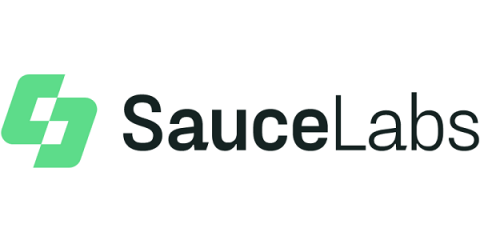Auto-generate Postman Collections from traffic
Postman is a great tool for API testing during development. It’s GUI is simple to learn and ubiquitous. However, manually writing test cases for local development gets tedious fast if you have a lot of endpoints. Meticulously entering every detail for every use case takes forever. Also, if you get one HTTP Header or parameter wrong, it can take hours to diagnose. And even when it’s done, the API tests are almost immediately out of date because the API contract changes.










